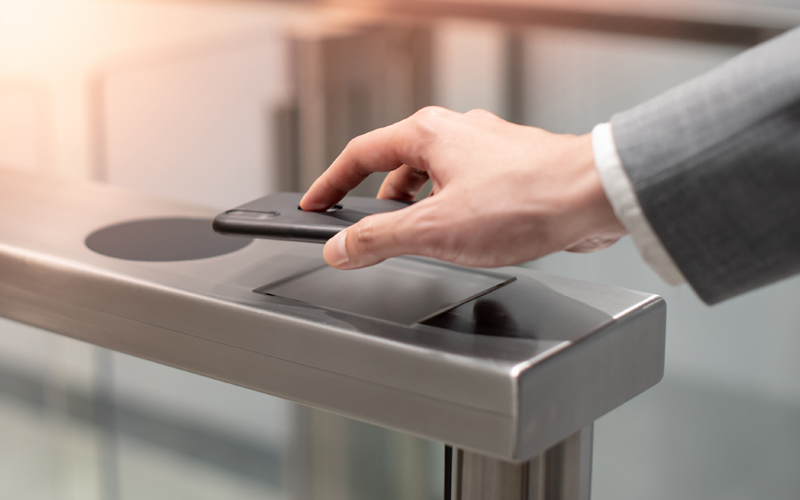By Caitlin Guilfoyle, Account Manager, AURES UK
It seems hard to believe, but barcodes have now been around for more than half a century. The patent for the first barcode was filed was back in 1952 and in the intervening 66 years, the tell-tale ‘beep’ of the checkout scanner has become synonymous with the grocery retail experience.
Plenty has happened to retail and to scanner technology since then. We have seen the emergence of fully integrated EPoS systems. We have seen the development of self-checkout and self-scan options, again mainly in grocery retail. In the form of QR codes, we have seen the amount of data capable of being contained in a two-dimensional barcode multiply significantly, and the number of applications the technology is put to diversify and increase. We’ve seen wireless Bluetooth scanners come to market and barcode scanning apps for smartphones, bringing the technology into the mobile age.
So, the question is, what next?
It is widely agreed that grocery will continue to be the crucible where future scanning technologies have their applications in retail tested. This is because the high number of items typically bought per purchase makes product scanning a source of friction at POS. Indeed, the reason barcodes were brought into supermarkets in the first place was because they were considered faster than having a cashier manually dial in prices, and they could also simultaneously log sales data for inventory purposes.
But things are still not perfect. The reason why customers still have to wait longer at grocery checkouts than in practically any other retail environment remains the length of time it takes to scan a trolley full of items. Supermarket operators would love to change this to improve the customer experience, which is why the development of scanning technology remains a key area of interest.
Multiple item scanning
One potential solution is the replacement of barcodes with 3D camera technology. According to a new white paper from DataLogic, A Vision for the Future of Retail Technology, the solution would work by positioning a series of digital cameras around a checkout area. Once a basket or trolley full of items were loaded onto it, software would interpret data from all the different camera angles to visually identify each one – including the correct size and weight. The potential game-changer is that this could lead to virtually instant scanning of large numbers of items.
A next step beyond this would be to apply similar techniques to merchandising and inventory, allowing operatives to scan and log whole shelves of products at once. A barrier to this is how you would deploy multiple cameras, all providing different angles for 3D imaging, in a mobile device. A stop gap is the emergence of barcode scanners that can process multiple codes at once.
In the immediate future, DataLogic also argues that retailers need to think about upgrading scanners to devices that can scan codes from smartphone screens in order to keep up with ongoing digitisation of loyalty and reward schemes. As apps and digital coupons replace cards, more and more customers expect to be able to redeem offers via digital codes they are sent. Retailers without screen-compatible scanners could easily come unstuck with disgruntled customers unhappy that they are unable to take advantage of a promotion from a favourite brand or a rewards scheme they are part of.
Illustration © Fellow Robots





